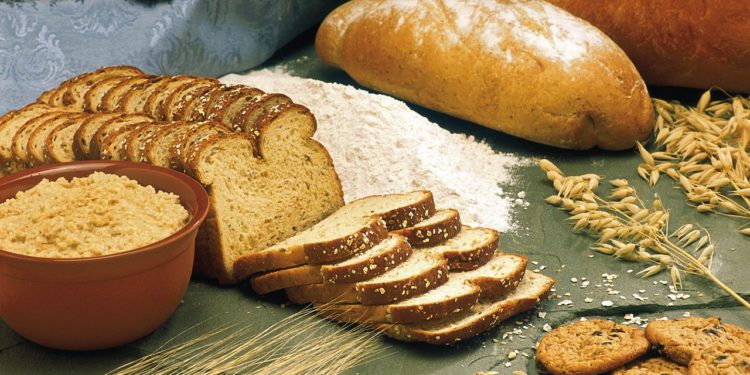

Whole grains have been an important part of human diets for thousands of years. In a day and age when diet trends like the paleo and keto movements are stressing cutting out carbs, it is necessary to look at the benefits of whole grains and what they can do for good health.
It is true that a high intake of refined flours and nutritionally-stripped grains is linked to obesity, inflammation, and disease, whole grains are a completely different story. There are some marked benefits to including whole grains in your diet, including:
- They add valuable nutrition and fiber to your diet. Whole grains provide you with vitamins, minerals, proteins, and fiber that benefit all systems of the body.
- Whole grains can lower your risk of heart disease. Studies have shown that as little as three ounces of whole grains daily can reduce your risk of heart disease by as much as 22 percent.
- Whole grains can lower your risk of stroke as well. Compounds present in whole grains such as fiber, vitamin k, and powerful antioxidants can lower your risk of stroke and contribute to better brain health overall.
- Whole grains can help to support healthy digestion. Fiber that is present in whole grains can contribute to better digestion. Not only does fiber bulk up stools and make elimination more efficient, but there are also pre- and pro-biotics present in many whole grains that help improve and protect gut health, which is essential to overall health.
Which grains are best for me and my family?
With so many offerings on the market today, it can be difficult to choose grains that really do give you the health benefits needed for overall health. What’s more, parents have the added task of finding foods their children won’t refuse to eat on a regular basis. The following list of grains presents the best of the best; in combination with fresh produce and quality protein, you have the makings of an excellent and well-rounded diet full of flavor. Consume the following grains on a regular basis for good health:
Roman Grain
The grain known as farro is an ancient has been around for thousands of years. Not only does it taste fantastic, but farro is also a good source of fiber and antioxidants that can contribute to good health and weight management. A great source of vitamins and minerals, farro can easily be substituted for refined grains that are nutritionally void and harmful to your health.
The Wonder Grain
Amaranth is not only gluten-free, but it is considered a complete protein because it contains all amino acids that the body needs for optimal health. Amaranth can be popped and served as a snack resembling popcorn. It’s also a wonderful substitution for pasta, which many people naturally gravitate toward as a favorite “comfort food.” Serve with veggies and your favorite sauce for wholesome goodness that’s better for your health.
Fiber for the Win
Barley is a fiber superpower. It contains beta-glucan soluble fiber that slows down the absorption of glucose in the bloodstream, helping to reduce the risk of diabetes. Barley may be used as a pilaf or added to soups and salads for extra nutrition; it can even be stewed to make a killer hot cereal.
Wholesome Oat
Yes, oats are also a great source of fiber! Eating oats can also help to stabilize blood sugar levels, giving you sustained energy throughout the day. Regular consumption of oats protects the immune system and lowers cholesterol, improving your health long-term. Oats can be cooked in a traditional manner and used as a breakfast cereal, added to meatloaves and soups as a binder, and used in baked goods for added fiber. Making oats a regular part of your diet will improve your health significantly.
Universal Appeal
Quinoa is another nutritional powerhouse that contains all nine essential amino acids necessary for good health. It is easy to make, and kids favor this grain for its fun “popping” sensation that occurs when eating, as well as the fact that it comes in several fun colors such as black, red, and yellow. Toast quinoa before cooking it for extra flavor, and boil it in vegetable or meat stock for added depth. Quinoa is excellent in soups, salads, or combined with beans and veggies for a tasty side dish.
Teff?
Most people have never heard of teff; it is a grain that you need to familiarize yourself with, however, in order to maximize your protein intake. Tiny teff grains have a delightful nutty flavor, and they combine well in all sorts of dishes to boost nutritional value. Teff is a staple in Ethiopia, where it is used to create a delicious flatbread. Combine with veggies or fruits for a comprehensive protein-rich meal with a unique flavor profile.
Incorporating these tasty and delicious grains into your diet will improve your health; see how many wonderful combinations you can discover as you expand your culinary repertoire and expose your family to savory new flavors!

